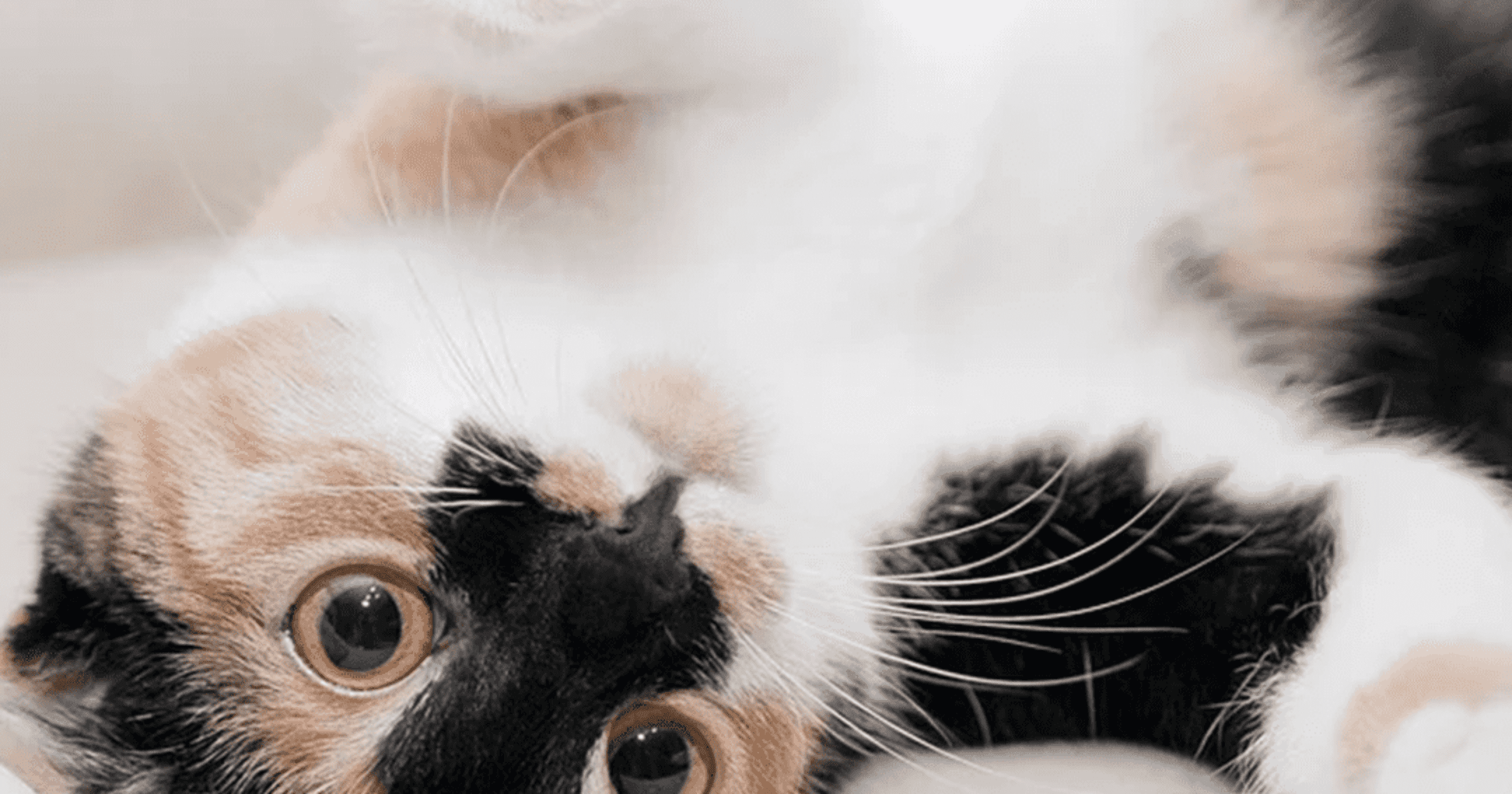
Although we humans may not always understand what they’re saying, cats have exceptional communication skills and talk to humans and other animals – sometimes in ways that are not always obvious – but in others that are widely recognized as behavioral and vocal clues to their moods and thoughts.
In this series of three articles, we’ll explore general groupings of behaviors – “How Can I Tell If My Cat Feels Safe?”, “How Can I Tell If My Cat Feels Wary?” and “How Can I Tell If My Cat Feels Defensive?”
I’m mostly happy and feel safe and secure
Cats will vocalize via meowing as a means of saying hello to you and to communicate with other cats. This is normal and constructive behavior. More pronounced crying, howling, or caterwauling, is based on more concerning issues, which will be discussed in a later article.
You may have heard your feline friend “chatter” when visually stimulated with toys, laser pointer, or through the window at outdoor critters such as birds and squirrels. This is completely normal behavior and based on instinct. It is additionally theorized that it may also indicate frustration, such as a cat watching but unable to chase a bird, for example, through a window.
Purring is thought of as the universal sign of cats being content and happy, as they will often purr while displaying other body cues of contentedness, such as kneading and bunting, as described further below. Purring is also theorized as a kitten’s physical oral method of stimulating mother’s milk while nursing. It is important to note, however, that cats will occasionally purr during times of emotional or physical stress, such as if fearful or giving birth. Be aware of other physical or vocal cues when a cat purrs while not appearing at ease. Other cats will never purr at all, and this does not indicate that they are not content.
Cats are inherently tactile creatures, and they convey emotion through, interact with, and investigate their environment via touch. One of these endearing manners of touch includes kneading (sometimes referred to as “making biscuits”). Cats will knead when they are feeling safe with, and affectionate towards, you and/or other cats or animals. One theory is based on instinct: as nursing kittens, the kneading motions stimulate milk production and release from the mother cat, resulting in the kittens being nourished, experiencing satisfaction, and feeling secure. As they age, cats will repeat this kneading behavior when they’re feeling content, satisfied, and happy, often while sitting on your lap, on blankets, or in other safe areas.
Cats who present their bottoms to you with their tails straight up, who roll around, or who lay on their backs, (all positions of a more vulnerable type), are demonstrating that they are happy, comfortable, and feel safe being around you. In stressful or dangerous environments, these body behaviors are not observed.
Bunting, or head-butting, is when cats bump you with their heads. This is their way of saying hello. Cats will also perform a behavior called allorubbing, completing “circle-eights” around your legs or alternatively bumping their bodies up against yours. This is their way of transferring their scent to you and “claiming” you as their human while saying hello or giving a cat-equivalent hug.
Your cat’s behaviors are very important in communicating his or her emotions and health. Once you are familiar with your cat’s language, you’ll be able to often identify your cat’s mood and emotional needs. It is very important, however, to always contact your vet if your cat demonstrates abnormal, concerning, or abruptly different behavior or routines.